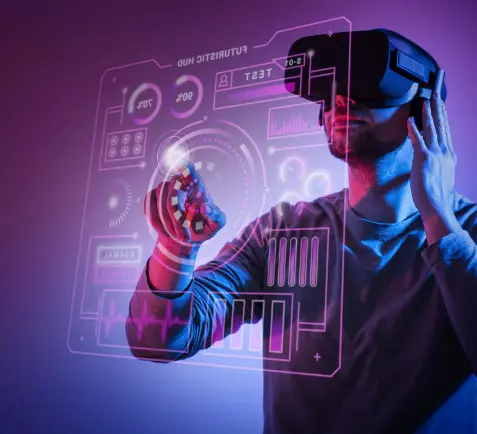Banks initially began as trusted entities that would act as custodians of their customers’ wealth and channel them toward growth opportunities that would aid in growth and prosperity for all. Cut to 2023, that promise alone does not suffice. The modern account holder holds banks to a higher standard and has little to no tolerance for banks with poor customer experience (CX).
Over the years, CX has gone from being a frill to an essential component that can have a colossal impact on the bottom line for banks. For 2023, incorporating these trends into workflows will help banks pull ahead of their competitors by a significant margin.
Applied Analytics
Blake Morgan, a notable customer experience futurist noted that 2023 will be a year of reckoning for brands as rising inflation and thrifty spending will up the ante on brands to satisfy their customers. With a trough of data at their disposal, banks are uniquely positioned to apply all of these insights into architecting a bespoke CX that will signal their commitment to their account holders in these trying times.
Automated Onboarding
One of the greatest challenges that India currently faces is the huge gap between the banking experience in urban and rural areas. With close to 70% of the Indian population being concentrated in these areas, it is vital for banks to design a frictionless and delightful customer onboarding experience that will bring these people into the fold. Such a solution would decrease staffing costs in the long run and translate to more customers in urban areas in light of the fact that over a quarter of banking customers would rather not step into a branch at all.
Hyper-Personalization
An eternal feature that has been topping CX trend lists for years, hyper-personalization will continue to pay off in 2023 as few banks have even attempted to get this right. Boston Consulting Group’s (BCG)’s finds on personalization revealed that when done right, it can result in a 10% increase in annual revenue uplifts till the time competitors catch up.
As open-banking models start to take off and Indian banks become comfortable with experimentation, hyper-personalized services could serve as a key differentiator for both incumbents and upstarts alike. ABN Amro, one of Europe’s leading banks partnered with Subaio, a Danish fintech firm to offer personalized loans.
Going Phygital
Much has been written about India’s demographic dividend and the implications it has on global economic prospects. With the world’s youngest cohort of millennials and GenZ alike, Indian banks are at the cusp of a massive demographic change that could be the opportunity of a lifetime. By revamping the bank branches to work with smartphones, banks can ‘humanize’ their systems to provide a wholesome, truly immersive banking experience that gives account holders the best of both worlds. JP Morgan Chase’s decision to open a new digital banking unit in the U.K. is an example of combining the trust of an established bank with the conveniences offered by a neobank.
AI goes deeper
As chatbots start to become a staple in customer service workflows, the next step would be to integrate AI across all customer touchpoints to enable better self-service, quicker resolution, and lower servicing costs. For instance, ICICI bank’s virtual assistant is primed to analyze voice queries to deliver instant solutions, point to appropriate areas, or escalate to a support executive if the need arises.
A Year of Reckoning
2023 will be all about resilience, innovation, and focus as central banks all over the world begin to raise interest rates and tighten expenditures in a bid to curb inflation. For banks, the only way to grow through this crisis is to correct technological debt, digitize relentlessly, and build a razor-sharp focus on their customer experience.
Knowledge thats worth delivered in your inbox




